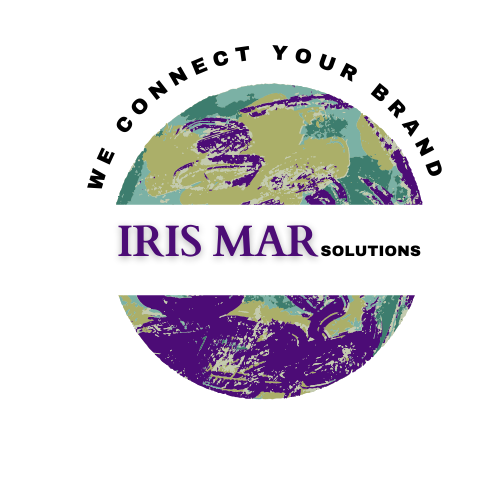Essential Content Types And What Structure To Use in Each
- Anne Marie Ianko

- Mar 7, 2018
- 4 min read
The world of content is as vast as the sea of ocean. There was a time when stringing words together and forming paragraphs was basically the only type of content available for consumption in the online sphere. But those days are long gone.
With the advent of social media, the proliferation of high quality visuals and availability of quick bandwidth speed, content no longer became restricted to words. The emergence of different mediums meant that content went beyond blogs and articles. Here are some popular types of content and how you can jumpstart your writing career by using a defined structure while penning them:
Listicles
Magazines use them. Buzzfeed skyrocketed to fame with them. And now anyone who is a content writer uses them. I’m talking, of course, about listicles. Easily digestible nuggets of information, listicles consist of numbered or bulleted points about a particular topic. For example, “5 reasons to travel to Croatia” or “15 things you’ll only understand if you have an elder sister.”
Writing a listicle is quite simple. You just need to:
Introduce the topic.
List down your points and
Provide a conclusion.
How-To
Honestly, how-tos perform better if not as well as listicles in the scale of popularity on the Internet. Such type of content entails providing a step-by-step guide to a process that helps its readers do something. Usually, how-tos are evergreen content. For example, how to brush your teeth in three easy steps will always be useful to readers who want to how to brush their teeth.
Penning a how-to is also easy:
Start with the problem. Introduce it.
Then, explain the steps to fix that problem.
While not compulsory, it’s a good idea to recap each step in a concise and succinct manner.
Provide a conclusion.
Pro tip: Add photos, graphics, videos or screenshots to help readers understand the steps better.
Videos
The number of subscribers on YouTube grows every day. If Google is the go-to search engine for readers who like to read text, then YouTube is the go-to search engine for Internet users who like to watch videos. Ideally, a video should communicate a message using auditory and visual signals in an effective manner.
You don’t need a fancy camera or a crew. But you do need to:
Write a good script. Short videos are viewed more than long ones.
Use your cell phone camera to record the video. Ensure that you or the actor is confident and expressive.
Upload it on YouTube, Vimeo or Vine.
Although you can start creating videos using your phone’s camera, bear in mind that the larger your subscriber base grows, the more effort and money you’ll have to put into making a video. You may need to hire a camera crew, a videographer and actors later.
Infographics
Infographics represent the perfect marriage of text and visuals. Prone to going viral and uploaded usually on social media, infographics are a great way to present a complicated idea or concept in a simple manner. On the surface, it looks like they are difficult to make, but with a little time and effort, most people can make infographics.
The best way to make an infographic is to:
Write the content.
Use the services of a graphic designer to add visuals to your text. If you can’t, use popular sites like Canva, Piktochart and ly.
Publish it on a social media site or embed it in your blog post.
Podcasts
We’ve covered text and visuals but what about audio? Similar to radio shows, a podcast consists of messages that are shared through audio. Many people hear podcasts while commuting to and from work or while exercising and driving. This kind of content is usually used to record interviews or discuss a topic with someone (typically, an expert in a field).
For recording a podcast, you will need to:
Prepare a script or a set of questions to ask the interviewer.
A microphone to record it.
A little bit of technical knowledge on how to upload it. Fret not, my friend, you can read Apple’s podcast guide to get that knowledge.
E-books
Got a compilation of short stories to publish? Written lots of blogs on your website? It might be time to embrace the e-book format. A downloadable book, often in PDF or HTML format, e-books usually have about 10,000 words or more in them and sectioned into chapters. You can compile all your blogs into chapters and promote them on your website.
E-books can be created by:
Compiling all the posts and chapters.
Using various platforms like Amazon’s Kindle or Apple’s iBook store to publish them.
Adding visuals like graphics, pictures and diagrams.
Memes
You can run, you can hide, but you’ll always see memes on the Internet. They snuck up on social media and now they’re here to stay. They’re funny, get shared on social media extensively and are really easy to create. The catch? Don’t overuse them or generate too many memes. A little humor is nice. But too much can take away from the key message (especially in a blog).
Make memes by:
Thinking of a punchline. It’s kind of an in-the-moment thing.
Using sites like Meme Generator and Quick Meme.
This list of content types is by no means exhaustive but it does cover the most popular ones today. So go out there and make that meme or convert your blogs to an e-book.





Comments